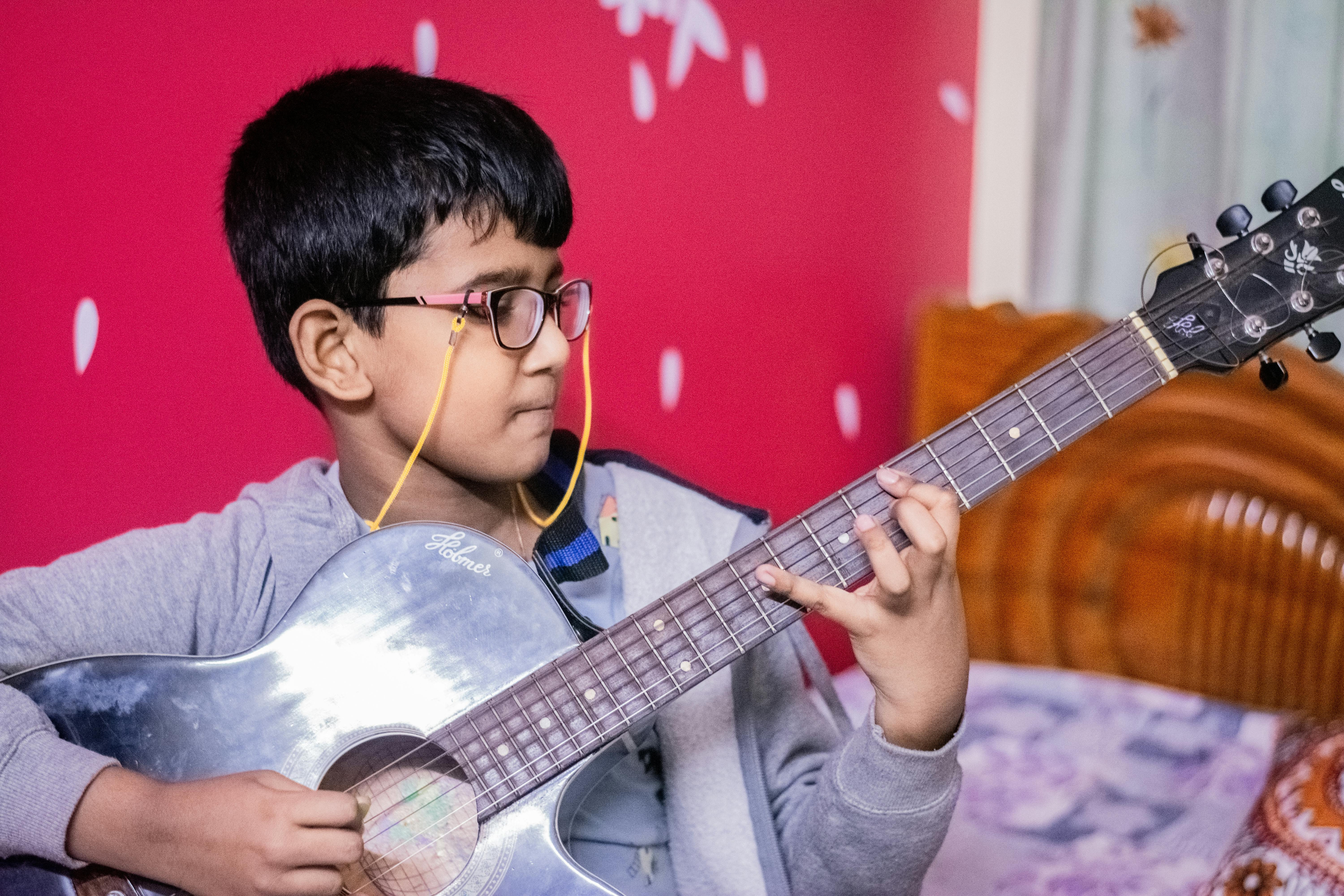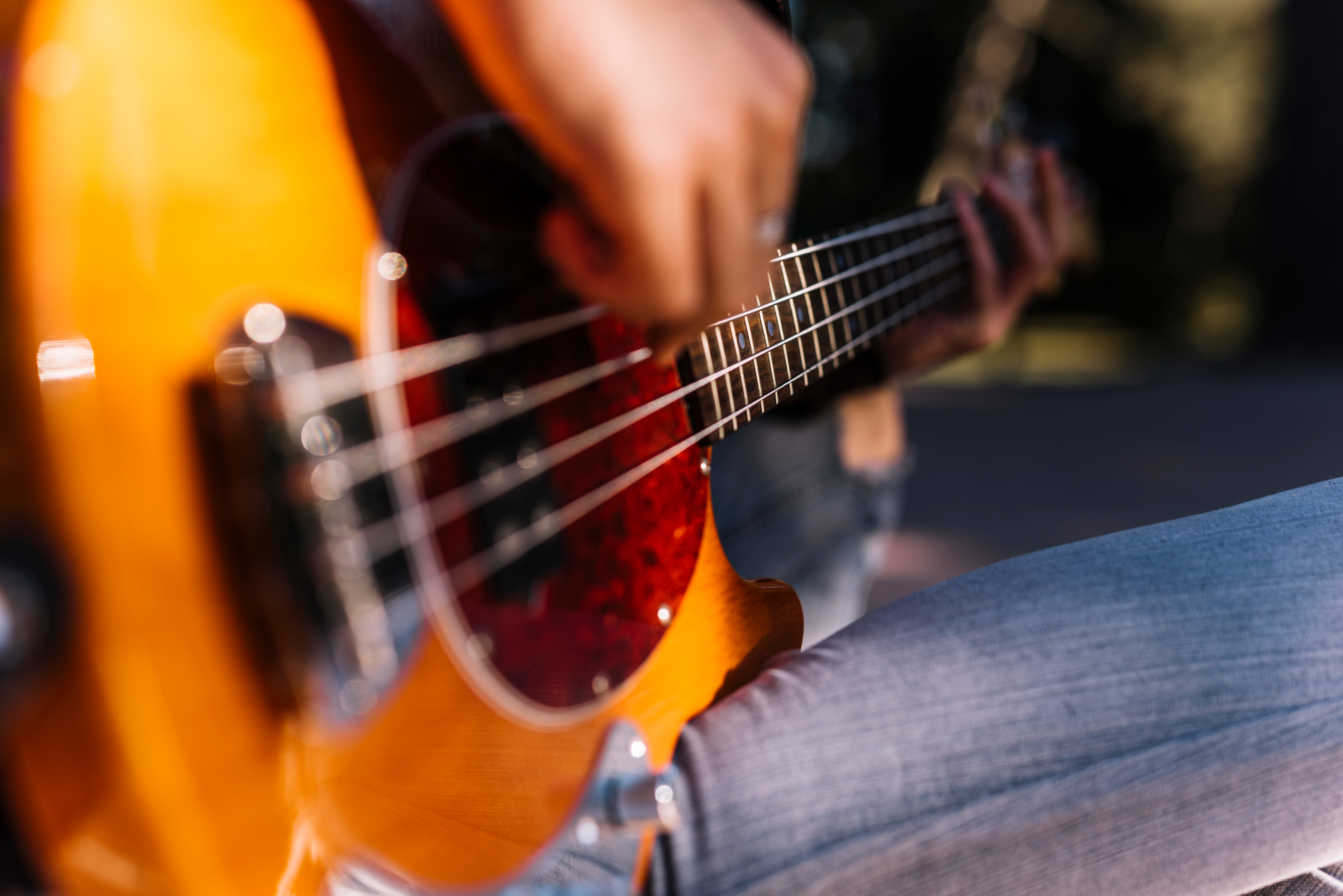At Atul Music Academy, it's our goal to provide the best quality guitar, piano lessons near you in nagpur
Fill out the form below and we will contact you as soon as possible!
Guitar lessons are open to all ages and levels, including children aged five and up, and
specializes in adult lessons. With 24 years of experience helping thousands of students, our
talented, friendly, and qualified faculty teach various styles and genres, focusing on proper
technique, including posture, hand position, sound production, and performance. Advanced piano
students learn to refine technique and develop artistry.
Our instructors focus on both skill and technique, as well as keeping lessons fun and
engaging.
Classical, Jazz, Pop, Blues, R&B.

Our instructor have a lot of experience with total beginners, and know how to guide them through to an advanced level.

We have a large group of adult students that enjoy weekly lessons with us.

Sitting in a chair, put your feet on the floor and make sure your posture is upright Put the waist of the guitar on your right leg, and rest the guitar against your stomach and chest. The neck of the guitar should be horizontal with the floor. Be careful not to use the left hand to hold up the neck of the the guitar, but instead rest your upper right arm on top of the guitar to stabilize it. Once comfortable with this position, its time to place your left hand, (or your fretting hand), on the neck and frets. First, make a C shape and put your thumb between your first two fingers. Place your hand on the frets with the thumb resting behind the neck of the guitar, and press the tips of your fingers against the strings. Avoid touching the frets. Practice moving the hand up and down the neck. Maintain a good curved shape but do not squeeze. Your hand should be able to comfortable move up and down the neck.

To get the best sound strumming the guitar, put either your fingertips or the pick over the sound hole. You can experiment with going a little to the left and the right, and see how that affects the sound quality. You will want to start with downstrokes, strumming all the strings equally. Make sure the wrist is flexible, and try to create as natural a motion as possible. Once this is mastered, go on to upstrokes. You do not need to hit all the strings on an upstroke, as you do on the downstroke. Again make sure your wrist is flexible, and nothing is held tightly in the fingers, wrist and elbow. After some time begin to combine the downstroke and the upstroke together. If you are using a pick, avoid squeezing it too tightly. Experiment with how much tension you need to hold the pick between your fingers, and don’t use more than is required to just keep it in place. It is a good idea to spend lots of time getting comfortable with strumming before incorporating the right hand, or the “fret hand”.

Sight reading is an important skill for any aspiring musician. To begin, students are taught about treble and bass clefs, (different ranges), and to identify notes that are on the lines, and notes that are in the spaces between the lines. To remember the notes on the lines, students learn phrases such as, “every good boy does fine” The first letter of each word are the notes on the lines of the treble clef from bottom to top. E, G, B, D, F. The notes that are in the spaces between the lines spell the word “Face”, F, A, C, E. As students become faster at identifying these notes based on these simple phrases, the phrases wear off and they simply recognize the note for what it is. In addition to identifying notes, sight reading includes understanding rhythm. Rhythm is differentiated in notation by notes filled in or empty, and with different stems and beams. These indicate different speeds of notes. Even the most accomplished musicians can often improve their sight reading. More advanced training involves pushing speed and looking ahead, and through creating progressive goals.

Music theory teaches us how recognize and identify patterns across all music. It is fascinating because it starts to bring together a clearer understanding, and patterns once complex become simple. Imagine a complicated math equation that actually has a very simple answer. Learning theory involves a mixture of ear training, (the ability to identify harmonies and melodies), as well as identifying and labeling these patterns on paper. Harmony is seen in notation vertically, and is often what might be described as the background in which a melody is set. Harmony consists of chords, (3 or more notes heard simultaneously), and can be Major, Minor, Diminished, and several others. These differences in sound are often described emotionally; happy, sad, or scary. The beginning of music theory training might involve identifying the difference between a couple of these chords.